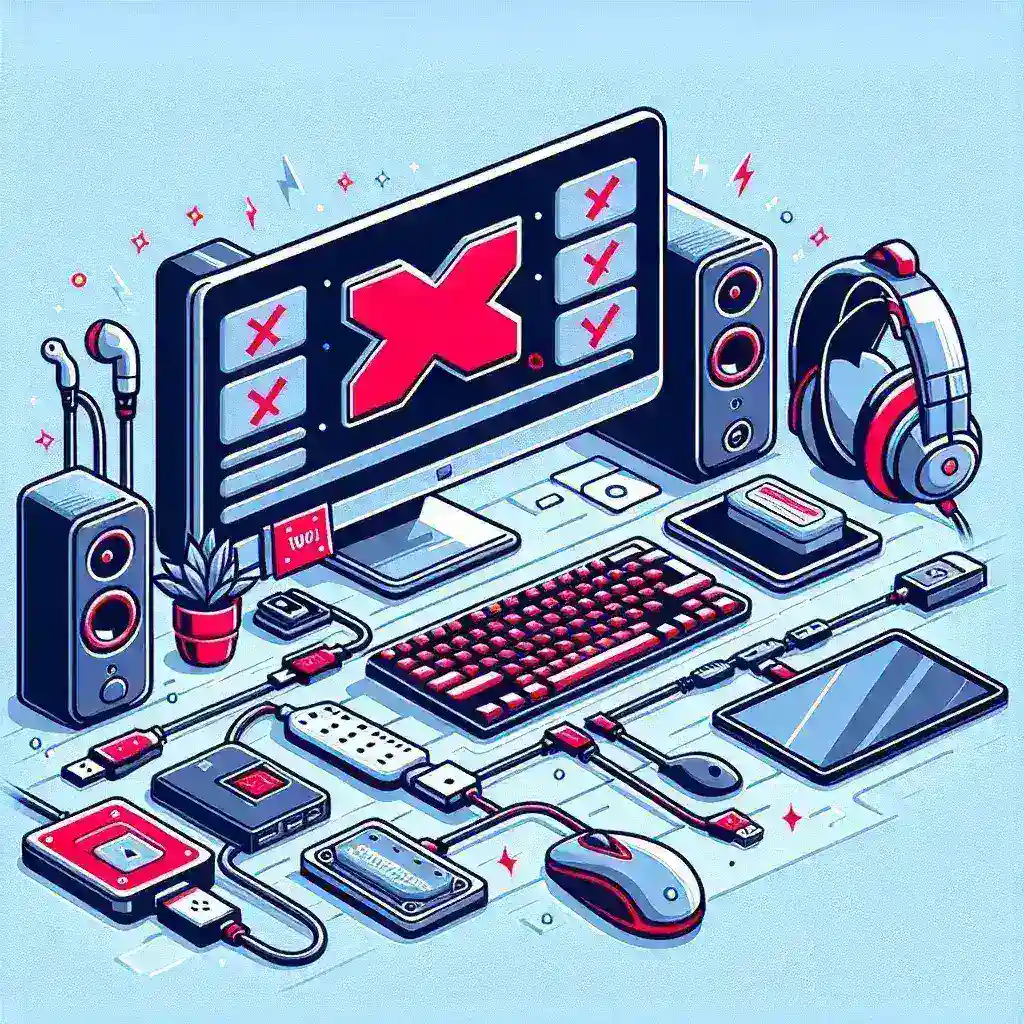Introduction
USB splitters are handy devices that allow multiple USB devices to connect to a single port on your computer or laptop. However, using a USB splitter improperly can lead to overloading, resulting in unreliable connections, potential data loss, and even damage to your devices. This article will explore various ways to avoid overloading your USB splitter and ensuring that your connected devices function smoothly.
Understanding USB Splitters
A USB splitter, or USB hub, expands a single USB port into several, allowing greater connectivity without the need for additional ports. However, each USB port has a power limit, and exceeding this can cause issues. Below is a table showing the typical power limits for USB types:
| USB Type | Standard Power Output | Max Devices Supported |
|---|---|---|
| USB 2.0 | 500 mA | 4-5 devices |
| USB 3.0 | 900 mA | 6-7 devices |
| USB 3.1 | 3 A | 1-2 high-power devices |
| USB-C | Up to 5 A | Various depending on device |
Signs of Overloading
Overloading a USB splitter can manifest in several ways:
- Devices not being recognized by the computer.
- Slow data transfer rates.
- Intermittent connection issues.
- Overheating of the splitter.
- Unexpected device shutdowns or failures.
Strategies to Avoid Overloading Your USB Splitter
1. Know Your Splitter’s Specifications
Before connecting multiple devices, check the specifications of your USB splitter. Know the total power output capacity and how much each connected device requires. This should help you avoid exceeding the total current limit.
2. Monitor Power Needs
Be aware of the power needs of each USB device. High-drain devices such as external hard drives, printers, or webcams may require more power than the average device. If you’re planning to use such devices simultaneously, make sure your splitter can handle the load.
3. Limit the Number of Devices
Even if your USB splitter allows several devices, limiting the number actively connected at one time can help prevent overload. Consider the following:
- Limit high-drain devices to one or two at a time.
- Use low-drain devices when the splitter is fully loaded.
- Connect devices in phases: one at a time versus all at once.
4. Use Powered USB Hubs
If you frequently connect multiple high-drain devices, investing in a powered USB hub is a wise choice. These hubs have their own power supply, allowing them to sustain multiple devices without stressing your computer’s USB port. Here are some advantages of powered hubs:
- Usually support more devices.
- Minimize the risk of overloading.
- Better data transfer stability.
5. Regularly Check Connections
Consistent checking of device connections can help you identify any anomalies that may indicate potential overload. Look out for:
- Loose connections.
- Signs of wear and tear on cables.
- Warning messages from your operating system.
6. Use Compatible Devices
Connecting incompatible USB devices can lead to unnecessary strain on the splitter. Always use devices that are compatible with each other, especially when using multiple hubs or splitters.
7. Avoid Daisy Chaining Hubs
Daisy chaining multiple USB hubs can quickly lead to an overload situation. Ideally, stick to one hub per port to ensure that each hub gets sufficient power and doesn’t unintentionally overload.
8. Disconnect Unused Devices
If you’re not using certain devices, it’s best to disconnect them from the splitter. This prevents unnecessary power drain and reduces load on the USB splitter.
9. Manage Cable Length
Long cables can also cause power drop issues. Try to keep cables short when possible to maintain stable connections and optimal power delivery.
10. Monitor Temperature
Overheating can signify an overload. Place your USB splitter in a well-ventilated area and monitor its temperature regularly. If it becomes excessively hot, disconnect some devices immediately.
Troubleshooting USB Splitter Issues
If you notice any signs of overloading, here are steps to troubleshoot:
- Disconnect all devices and reconnect them one by one.
- Switch to a different port if the issue persists.
- Test each device individually to ensure they are functioning correctly.
- Consider upgrading your USB splitter or hub if you frequently encounter issues.
Conclusion
Overloading a USB splitter can lead to a range of problems, including device malfunction and data corruption. By understanding your devices’ power needs, regularly monitoring your connections, and opting for powered USB hubs when necessary, you can significantly reduce the chances of overloading your splitter. Following these strategies will help maintain a healthy and efficient USB connection to all your devices.

